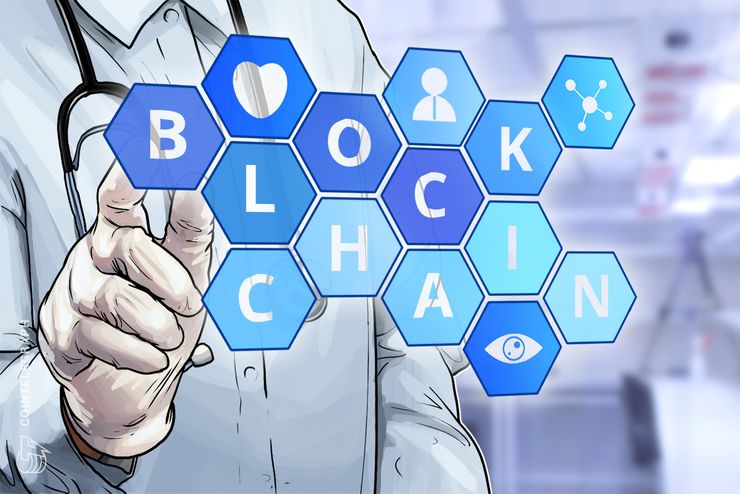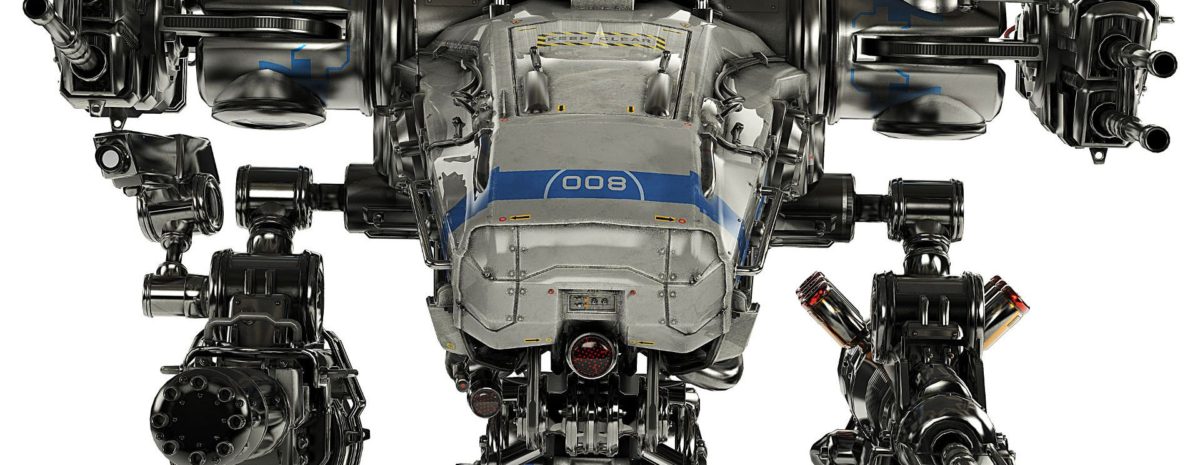I still remember my very first time learning the concept of disruptive innovation by reading an article from my favourite economist, Joseph Schumpeter. He used the term “creative destruction” for what we nowadays call and use and being influenced by, as disruptive technology. Looking back since the time he published his research on creative destruction in 1942, we have come a long way.
There is no doubt that disruptive technologies or, in Clayton M. Christensen’s point of view, innovations have transformed our lives forever. Not only they vastly affect our lives on individual level but also the business sphere in a way, I would say fierce and might considered invasive. This has raised legal and regulatory concerns across the globe. How safe are we and how much privacy we have left in response the boom of digital innovations, such as Artificial Intelligence (AI), drones, Augmented Reality (AR), block chain as well as distributed ledger technology that includes cryptocurrencies and big data.
Let’s take an example, Facebook, a giant tech firm recently has been fined with a record breaking $5 billion by the U.S. Federal Trade Commission (FTC) for the failed effort in protecting user data and its interference in the U.S. election with the use of AI and mathematics algorithm. Facebook was allegedly claimed to use data of millions of its user provided by a British consulting firm, Cambridge Analytica, to psychologically profile US voters and target them with material to help Donald Trump’s 2016 presidential campaign. Facebook has then apologized to its users and admitted a “breach of trust” has occurred.
In general, AI creates the typical so-called “black box” problem when decisions are made based on algorithm. These algorithms can be so complexly programmed that even its creator fails to acknowledge or detect any breach of market norms or identity any crime. If such algorithm made public, it would lead to data security breach, especially in accordance with the General Data Protection Regulation (GDPR) directive issued by the European Commission in May 2018, requiring companies to explain how algorithms using personal data work and make decisions. The more a company’s business model depends on its technology, the more prone it is to malicious cyber attacks.
As further developments of technological disruptions are being implemented and as the number of its users increasing enlarges, solving the issue of cyber security is a difficult but necessary step. In addition, knowing how to turn this threat into an opportunity will create a sustainable development model for big tech companies.
Besides, we have seen government’s actions in taking this matter further, however mostly ad-hoc. According to the strategic triangle policy, a good policy should be technically correct, politically stable and organisationally implementable. Given the fact that technology changes very rapidly, it is imperative that adaptive regulations take place in time to avoid expensive and drastic consequences. This calls for effective and mutual collaboration between tech firms and regulatory institutions on both regional and global level.
References:
https://www.weforum.org/agenda/2019/02/how-can-we-regulate-disruptive-technologies/
https://www.bbc.com/news/world-us-canada-48972327




